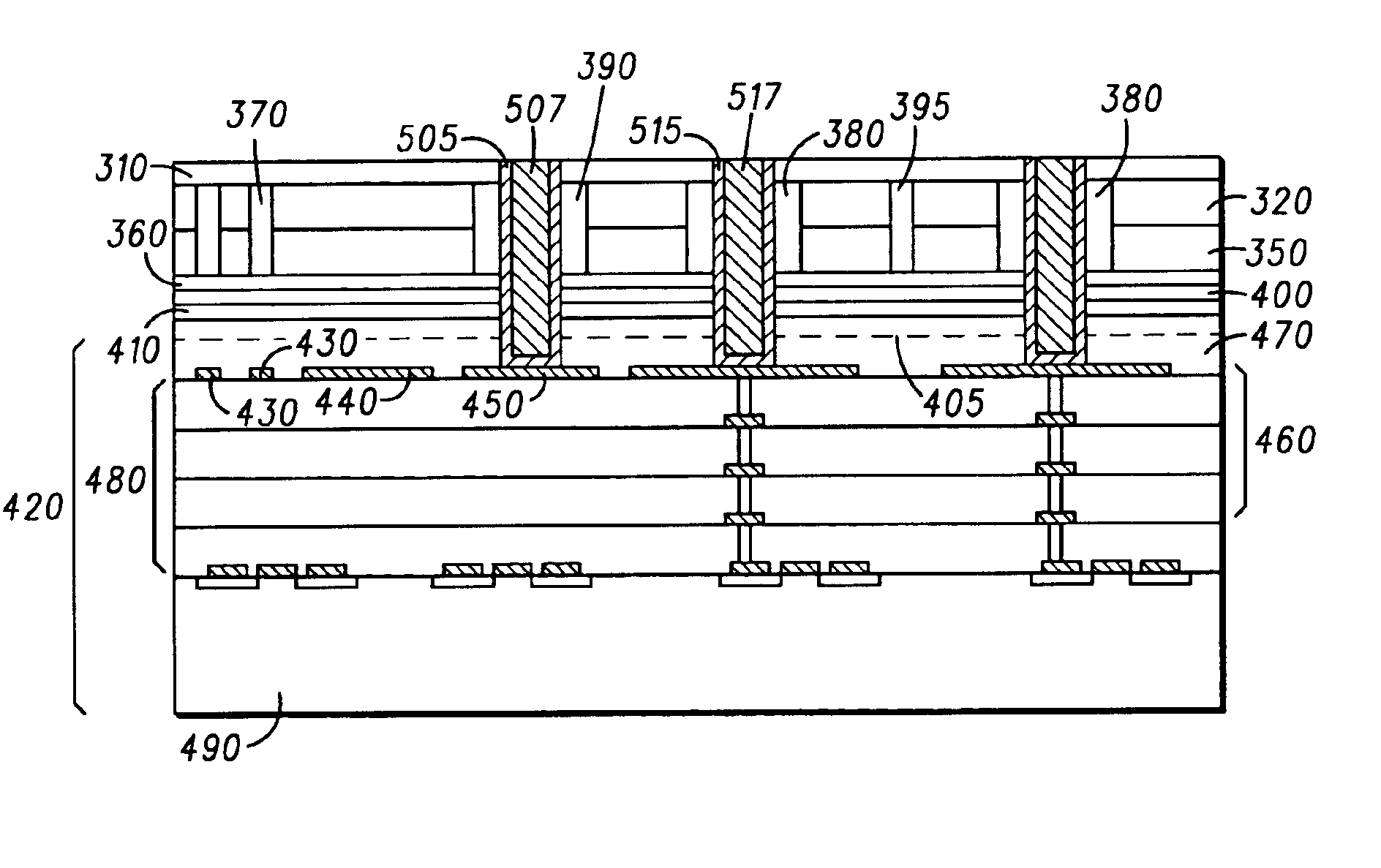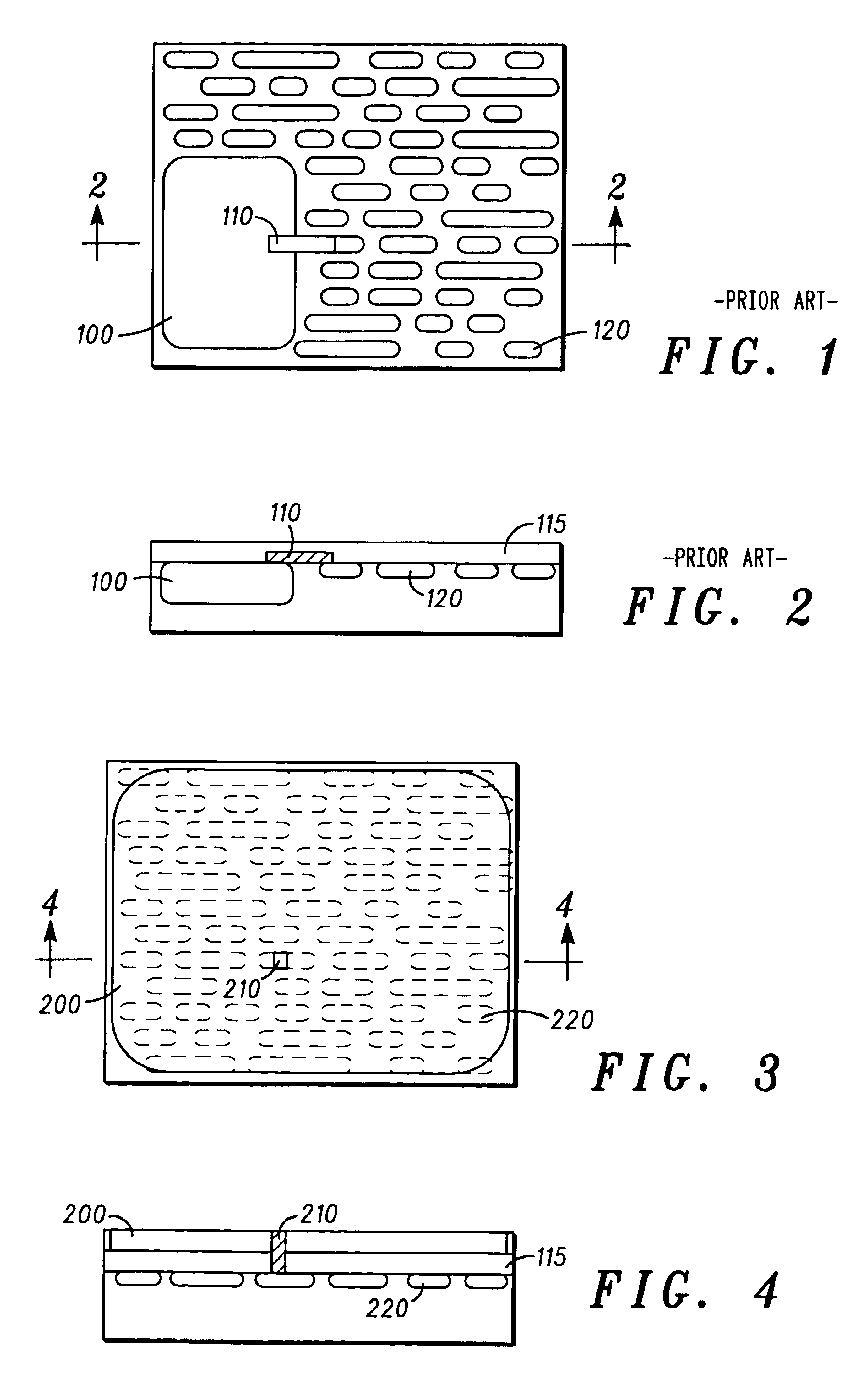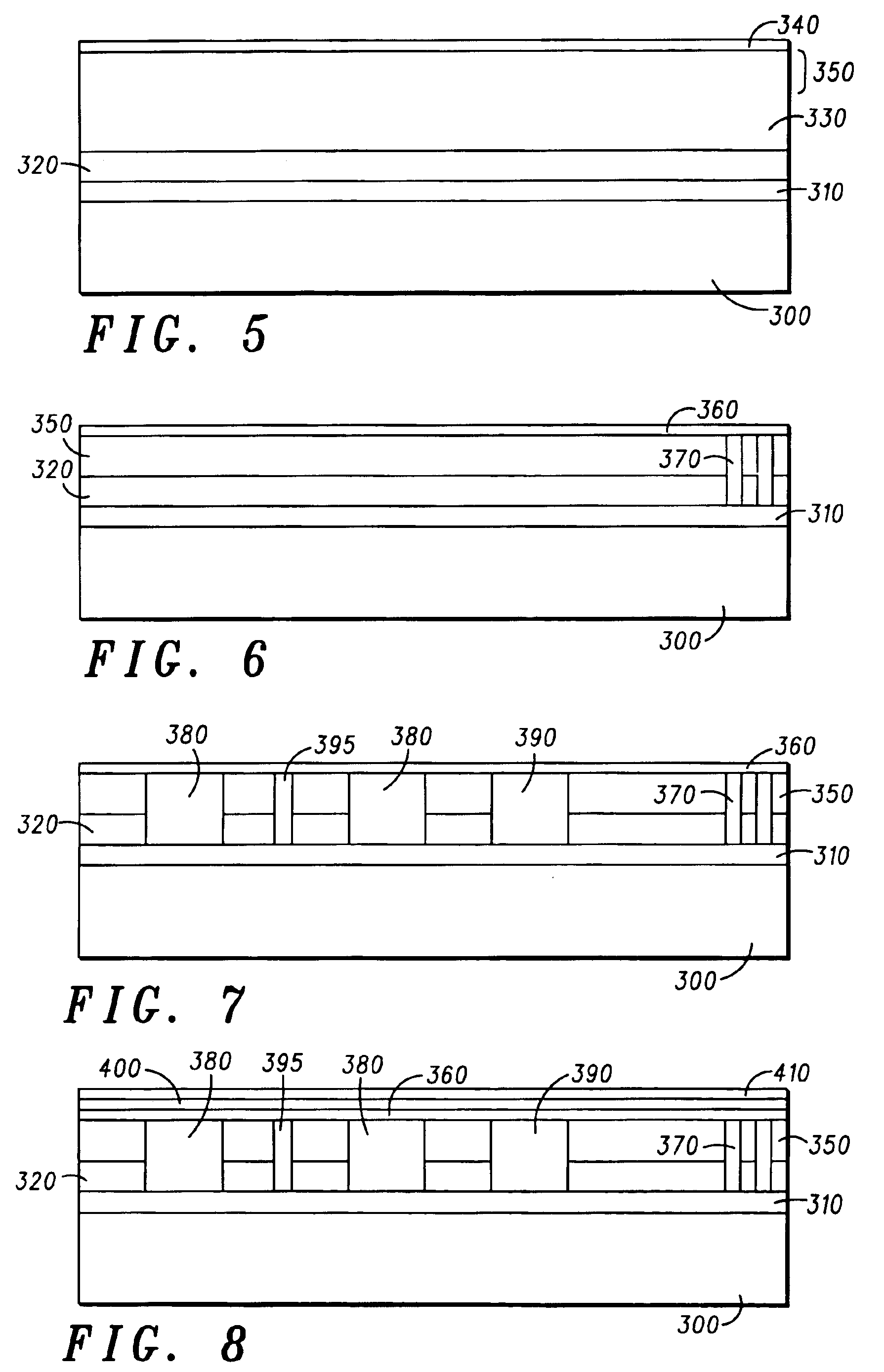Vertically integrated photosensor for CMOS imagers
a photosensor and vertical integration technology, applied in the field of semiconductor and imaging devices, can solve the problems of obstructing the use of band gap engineering as an effective design tool, affecting the efficiency of optical and optoelectronic design of the photosensor, and increasing the density of noise current, so as to achieve the effect of high density of interconnection
- Summary
- Abstract
- Description
- Claims
- Application Information
AI Technical Summary
Benefits of technology
Problems solved by technology
Method used
Image
Examples
Embodiment Construction
[0029]The following descriptions are of exemplary embodiments of the invention and the inventors' conceptions of the best mode and are not intended to limit the scope, applicability or configuration of the invention in any way. Rather, the following Description is intended to provide convenient illustrations for implementing various embodiments of the invention. As will become apparent, changes may be made in the function and / or arrangement of any of the elements described in the disclosed exemplary embodiments without departing from the spirit and scope of the invention.
[0030]A detailed description of an exemplary application, namely a system and method for providing a vertically integrated photosensing device suitably adapted for use in CMOS imaging applications is presented as a specific enabling disclosure that may be readily generalized by skilled artisans to any application of the disclosed system and method in accordance with various embodiments of the present invention.
[0031...
PUM
 Login to View More
Login to View More Abstract
Description
Claims
Application Information
 Login to View More
Login to View More - R&D
- Intellectual Property
- Life Sciences
- Materials
- Tech Scout
- Unparalleled Data Quality
- Higher Quality Content
- 60% Fewer Hallucinations
Browse by: Latest US Patents, China's latest patents, Technical Efficacy Thesaurus, Application Domain, Technology Topic, Popular Technical Reports.
© 2025 PatSnap. All rights reserved.Legal|Privacy policy|Modern Slavery Act Transparency Statement|Sitemap|About US| Contact US: help@patsnap.com



